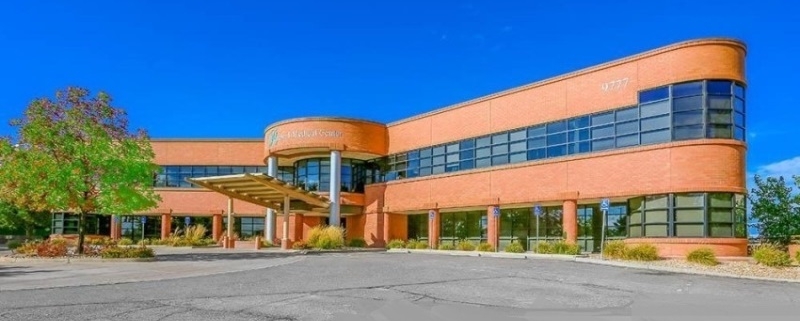Anchor Health Properties Buys Denver Medical Office Building
Anchor Health Properties has acquired Renewal Medical Center, a 36,541-square-foot building in Lone Tree, Colo., through its Chestnut Healthcare Fund II, co-managed with Chestnut Funds. Medical Properties of America sold the asset for $13 million, according to Douglas County records.
First Citizens Bank provided $18.7 million in debt financing, with a maturity date set for 2027.
Anchor Health will also provide asset and property management services. Renewal Medical Center was 97 percent occupied at the time of sale. Managing Partner Greg Trainor with Fairfield Asset Advisors represented the seller in the transaction.
The medical office building previously changed hands in 2015, when it traded for $5.2 million, with Baceline Investments as the seller, according to CommercialEdge data.
Rocky Mountain Kidney Care is the main tenant, with the roster also including Insight Surgery Center, Quantum Health Solutions, Broadway Plastic Surgery, T-Mobile and Sprint/Crown Castle. A variety of medical services are available at the property, including nephrology, ophthalmological and cosmetic surgery, plastic surgery and integrative medicine.
Previous owners conducted two rounds of renovations. The 1987-built, Class B asset received a cosmetic upgrade in 2005 and was fully redeveloped in 2012.
Located at 9777 S. Yosemite St., the building is 20 miles from downtown Denver and has access to Interstate 25, with Sky Ridge Medical Center less than 2 miles away. Other medical service providers in the area include UCHealth Lone Tree Medical Center, Lone Tree Medical Plaza, with Centura Parker Adventist Hospital 9.4 miles east.
As of April, 24 medical office buildings—totaling 374,651 square feet—traded in the Denver market over a 12-month period, CommercialEdge data shows. Back in October 2022, another Lone Tree facility changed hands when Healthcare Realty Trust acquired Park Meadows Medical Center from Gulftech International in a $14.8 million transaction.
Denver has a supply pipeline of 10 medical facilities in various stages of development, set to add 611,027 square feet to the existing inventory. The market’s largest medical office underway is a 130,000-square-foot property, developed by Intermountain Healthcare and slated for completion in 2024.
Source: Commercial Property Executive




